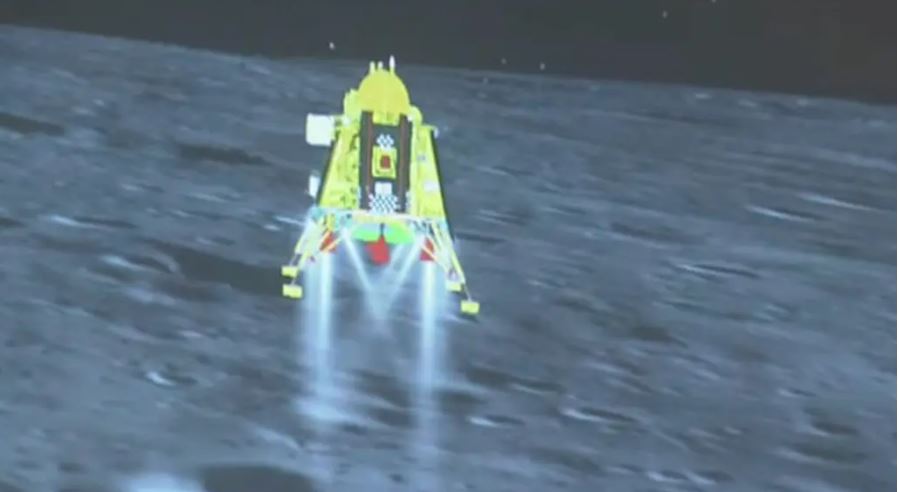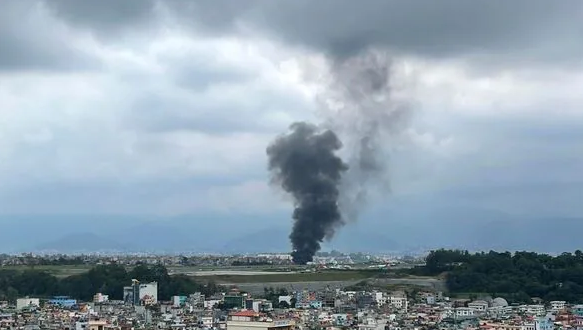India Makes Historic Lunar Landing in Unexplored Southern Polar Region
Following a recent Russian lunar landing failure, India’s Chandrayaan-3 mission has successfully touched down in an unvisited area of the moon’s southern polar region. The successful landing of the lander Vikram and rover Pragyan on Wednesday marks India’s achievement as the first country to reach this specific lunar surface region intact and only the fourth nation to have landed on the moon overall.
India’s space program has garnered significant national pride due to its achievements in orbiting the moon and Mars, as well as launching satellites into Earth’s orbit with relatively limited financial resources compared to other countries. The Chandrayaan-3 mission’s achievement holds particular significance.
Chandrayaan-3 Mission:
‘India🇮🇳,
I reached my destination
and you too!’
: Chandrayaan-3Chandrayaan-3 has successfully
soft-landed on the moon 🌖!.Congratulations, India🇮🇳!#Chandrayaan_3#Ch3
— ISRO (@isro) August 23, 2023
S. Somanath, Director of the Indian Space Research Organization (ISRO), announced the successful landing, stating, “We have achieved a soft landing on the moon. India is on the moon.” Prime Minister Narendra Modi, while on an official visit to South Africa, hailed the event as a moment for the new, developing India.
Key points to know:
1. The Indian mission, launched in July, took a fuel-efficient trajectory to the moon. In a remarkable achievement, the Indian lander Vikram outlasted its Russian counterpart, Luna-25, which experienced an engine malfunction and crashed during a landing attempt just days earlier.
2. The successful landing signifies India’s dedication to science and technology in support of space exploration. It’s a remarkable accomplishment to outperform a nation with a history of putting the first satellite, man, and woman in space.
3. The chosen landing date of August 23 was aligned with the sunrise at the landing site. The mission, set to last for two weeks, involves the use of various instruments on the solar-powered lander and rover to conduct thermal, seismic, and mineralogical measurements.
4. The live landing broadcast on the Indian Space Research Organization’s YouTube channel was viewed by approximately 7 million viewers, with additional viewers watching on Indian TV broadcasts.
5. NASA’s Deep Space Network, consisting of large dish antennas, has been assisting ISRO in communication with the ground during the mission. Currently, Chandrayaan-3 is transmitting signals successfully.
India’s achievement underscores its prowess in space exploration and reinforces its rising position on the global stage.



